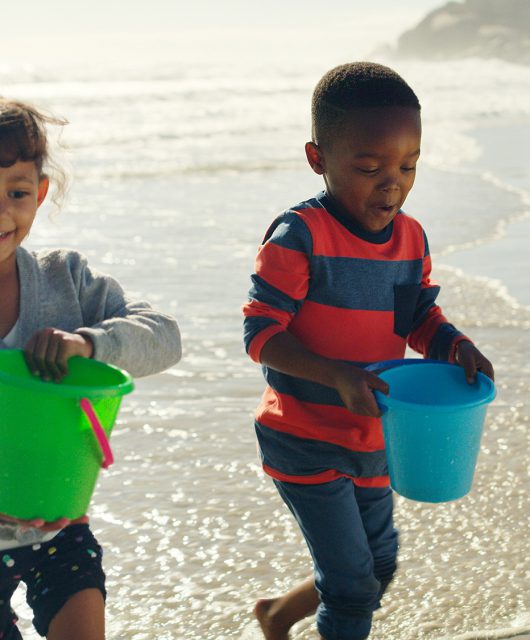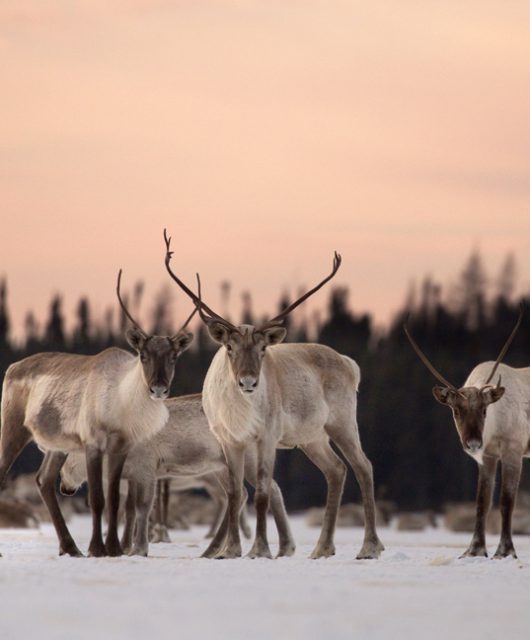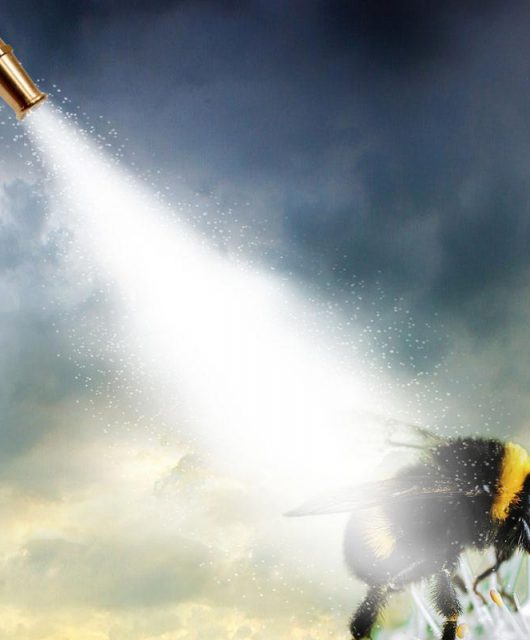Mounting evidence suggests that teaching children outside is hugely beneficial to their wellbeing as well as their overall education.
One such study found that classes taught inside following outdoor education vastly increased student engagement.
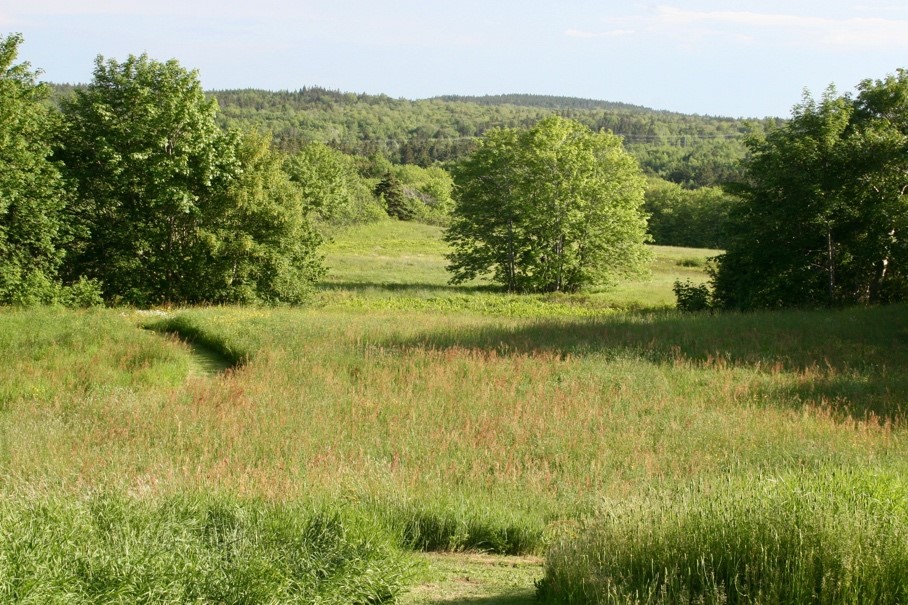
At present, most school yards are made up of a combination of grass and concrete. This is great for playing games on during gym class and recess. A lot of people assume that because grass is natural, it therefore must be good habitat. This may well be true far away in the native Eurasian ranges of most cultivated grass species. In Canada, however, invasive grasses are essentially green deserts.
Is there a way we can make room for wildlife without impeding our ability to work and play? What could happen if we taught kids to live with wildlife, as opposed to apart from it?
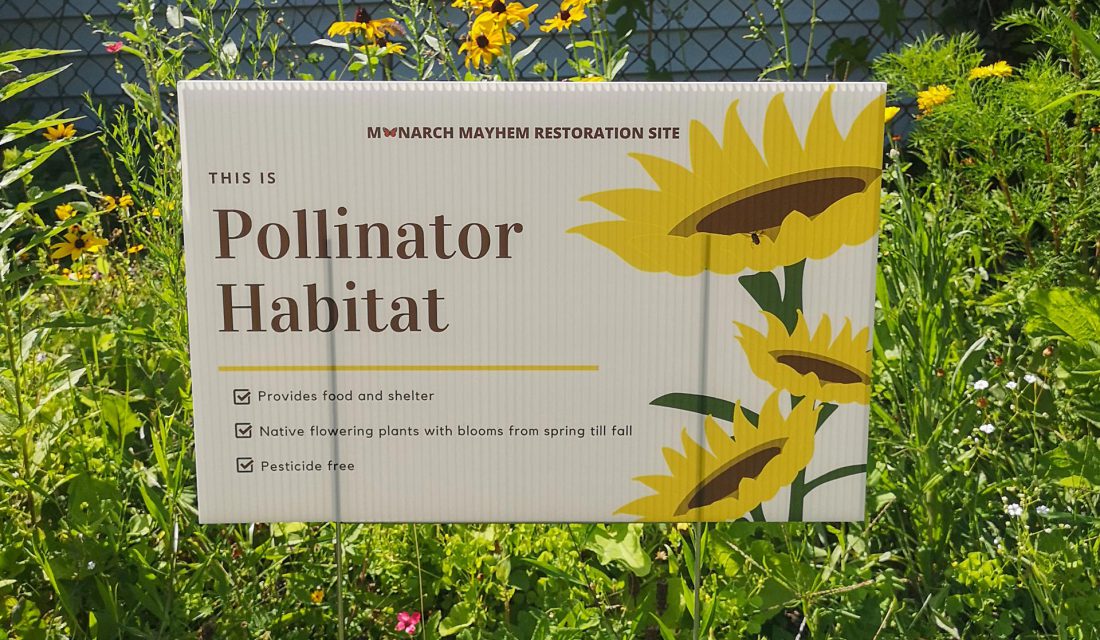
These are the questions I asked myself when thinking of a plan for my community service project — part of my commitment to the Canadian Conservation Corps. With the help of some great friends, we created Monarch Mayhem, a four-part school program focusing on learning outside and habitat restoration.
Monarch Mayhem is an initiative dedicated to pollinator conservation awareness and, as the name suggests, I chose Monarch Butterflies to be the representative of Canadian pollinators. On October 6, 2020, youth are encouraged to take part in the ‘Monarch march’, a run or walk where the goal is for students to collectively travel 4,000 kilometres —approximately the same distance as a Monarch’s migration from Canada to Mexico every year!
I also created pollinator power lesson plans for Grades 1 to 12 to help youth understand the importance of pollinators to our food security and economy, as well as biodiversity. Also included is a schoolyard bioblitz, to find out how much or how little wildlife currently exists in school yards. Finally, I secured native seeds to create ‘pollinator-friendly planting’, a habitat restoration project for interested schools.
Now more than ever, pollinators need our help. Insect populations have plummeted in the last few decades, as have migrating bird species. Teaching kids outdoors, including gardening, is a win-win for Canada’s youth and wildlife. The program currently has more than 1,300 youth signed up and an estimated 86 squared metres of habitat will be restored at Canada’s schools this fall.
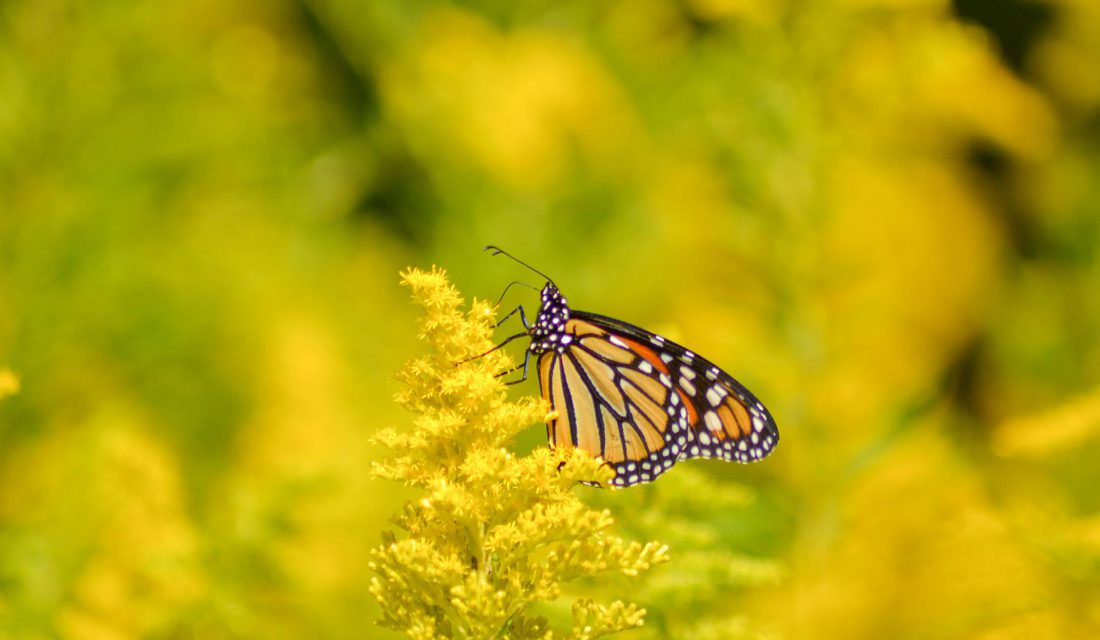
Educators can learn more and sign up at monarchmayhem.ca. Virtual welcome packages are available for those interested in participating.
Are You or Someone You Know Wild to Get Outside?
Are you between the ages of 15-18? How about 18-30? Sign up for WILD Outside or the Canadian Conservation Corps respectively to be a part of the Canadian Wildlife Federation’s outdoor youth programs.
“An environment-based education movement–at all levels of education–will help students realize that school isn’t supposed to be a polite form of incarceration, but a portal to the wider world.”
― Richard Louv, Last Child in the Woods: Saving Our Children from Nature-Deficit Disorder

